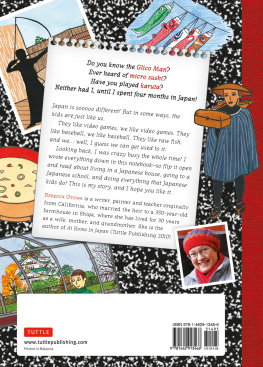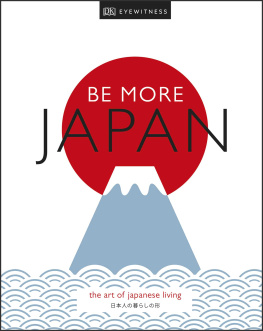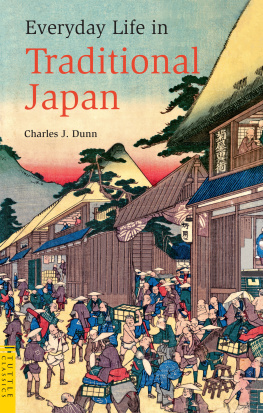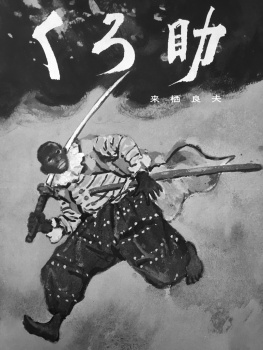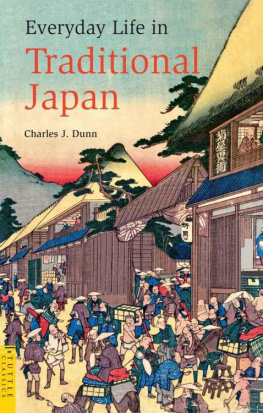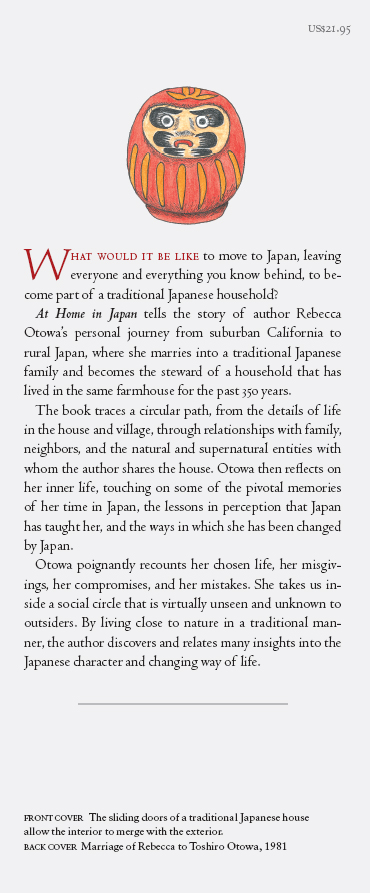AT HOME IN JAPAN
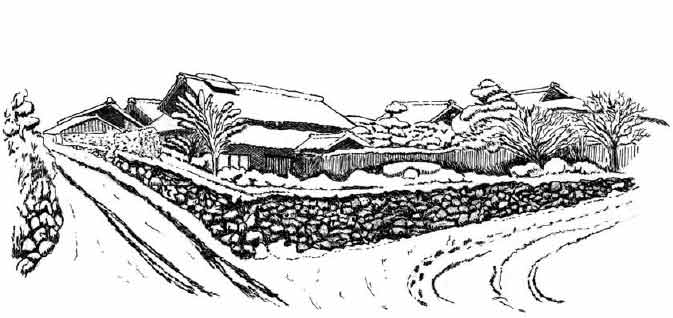
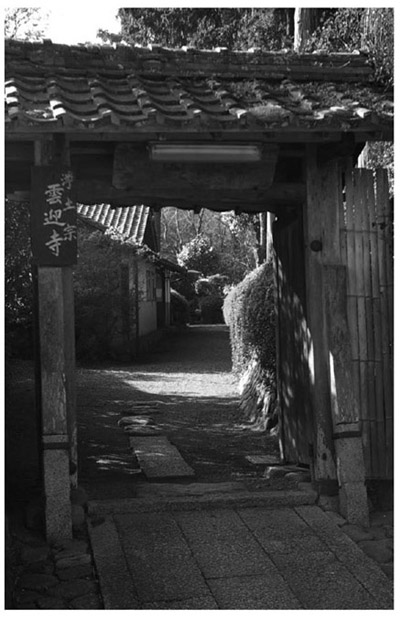
AT HOME IN JAPAN
A Foreign Woman's Journey of Discovery
Rebecca Otowa
TUTTLE Publishing
Tokyo | Rutland, Vermont | Singapore
Published by Tuttle Publishing, an imprint of Periplus Editions (HK) Ltd.
www.tuttlepublishing.com
Copyright 2010 by Rebecca Otowa
All rights reserved. No part of this publication may be reproduced or utilized in any form or by any means, electronic or mechanical, including photocopying, recording, or by any information storage and retrieval system, without prior written permission from the publisher.
Library of Congress Cataloging-in-Publication Data
Otowa, Rebecca.
At home in Japan : a foreign woman's journey of discovery / by Rebecca Otowa. -- 1st ed.
p. cm.
ISBN 978-4-8053-1078-6 (hardcover)
1. Otowa, Rebecca. 2. Americans--Japan--Biography. 3. Wives--Japan--Biography. 4. Country
life--Japan. 5. Japan--Social life and customs. 6. Japan--Biography. I. Title.
DS832.7.A6O86 2009
305.813'052186092--dc22
[B]
2009018554
ISBN 978-4-8053-1078-6
Distributed by
North America, Latin America & Europe
Tuttle Publishing
364 Innovation Drive
North Clarendon, VT 05759-9436 U.S.A.
Tel: 1 (802) 773-8930 Fax: 1 (802) 773-6993
info@tuttlepublishing.com
www.tuttlepublishing.com
Japan
Tuttle Publishing
Yaekari Building, 3rd Floor
5-4-12 Osaki, Shinagawa-ku
Tokyo 141 0032
Tel: (81) 3 5437-0171 Fax: (81) 3 5437-0755
sales@tuttle.co.jp
www.tuttle.co.jp
Asia Pacific
Berkeley Books Pte. Ltd.
61 Tai Seng Avenue #02-12
Singapore 534167
Tel: (65) 6280-1330 Fax: (65) 6280-6290
inquiries@periplus.com.sg
www.periplus.com
First Edition
14 13 12 11 10 9 8 7 6 5 4 3
Printed in Singapore
Front Cover Datacraft/imagenavi/Getty Images
Cover Design by Daniel Urban
The endpaper design is taken from an old kimono originally owned by the author's mother-in-law.
TUTTLE PUBLISHING is a registered trademark of Tuttle Publishing, a division of Periplus Editions (HK) Ltd.
This book is dedicated to my family.
Acknowledgments
This book grew and changed considerably in the six years since I began it. At times I doubted my ability to finish it, but there was always someone to put me back on track. I am indebted, in life as in writing, to the support of the Association of Foreign Wives of Japanese. Many past and present members actively helped me during the writing, particularly Kathy Ono (for proofreading, comments, and dauntless encouragement), Deirdre Merrell (for friendly suggestions and invaluable networking), Wanda Miyata (for being there), and also Winnie Inui, Pam Uchida, Jessica Goodfellow, and Daya Oka (for fellow-writer support) as well as many others. If I have left names out, it's my miss, as we say in Japan. Heartfelt thanks also to Sandra Kimball, my mentor, who trusted me to trust myself during the difficult last phases. I'm grateful to Eric Oey, for believing in the project, and Bob Graham, Genna Manaog, and Levi Christin for tireless editing of the essays and sensitive treatment of the tricky illustrations. Finally, I'd like to thank my husband, who has been my oneman cheer squad, always applauding and encouraging every new thing I try.
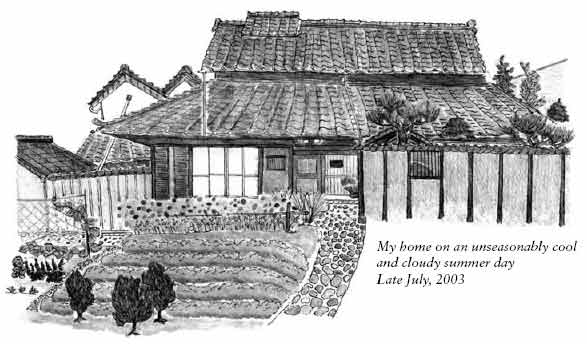
Introduction
For almost three decades I have been the housewife, custodian, and chat-elaine of a 350-year-old farmhouse in rural Japan. These two elementsthe farmhouse, and Japan in generalhave been inextricably bound with my life, and I owe my life, as it is now, to them.
I came to Japan in 1978 as a university student, self-centered as the young always are, with an exaggerated confidence in my paltry store of knowledge, undercut with a pervading suspicion that I didn't know as much as I thought I did. Indeed, the more I learned, the more my ignorance seemed to grow. In subsequent years, as wife of the heir of the house, daughter-in-law of his mother, mother of the next-generation heir, and responsible resident of the village, I got a concentrated dose of Japanese culture, society, and psychology. From all sides, Japan nudged me and pushed me and pummeled me to assimilate it. There were times of pain, the pain of being forced into a mold I felt I couldn't fit into, and the contrary pressure of knowing that I was essentially nothing more than a link in a centuries-old chain of this family. Every day, as I lived in Japanese rural society, thoughts and views I had held from childhood were challengednotions of space and time, beauty and truth; meanings of words, gestures, and expressions; assumptions of my worth and my rock-bottom right to be whatever I was. Why did I, a product of a young and free society, put up with it? I've asked myself this many times. The only reason that made sense was that it was my promise and my destiny. And however painful it may have been, the act of taking up these challenges and facing them squarely gave me back the very truth, beauty, meaning, and worth I thought I had lost.
Perhaps the most important thing I learned was that growth always and only results from a willingness to change one's thinking and entertain a different point of view. Japan has helped me growit has been a crucible of maturation for me. In this book, as I have described the house, village, and lifestyle, I have also recounted my struggles, my misgivings, my compromises, and my mistakes. I want to express my gratitude for the rich, intense, and varied tapestry of experience I have been given in this tiny microcosm of Japan. I want to give myself a hearty pat on the back for the years of endurance that have led to this space of reflection and this time of rewards. Finally, I want to honor my house, the ancestors who kept it up and passed it on, floating it like an ark down the years, and all those who, in this modern age, find delight in the treasures and traditions of the past.
This book traces a circular path, from the basic physical details of life in the house and village, through relationships with family, neighbors, and the natural and supernatural entities with whom I share this space. Then it bends back toward my inner life, to touch on some of the pivotal memories of my life here, the lessons in perception that Japan has taught me, and finally, an examination of the ways I have been changed by living hereand the places in my heart where I find I have resisted change. Each subject has provided me with a chance to muse upon my Japanese colorationhow deeply dyed I have been, where and when the dyeing process stopped, or whether it in fact continues to this day.
My experiences are not uniquethey may not even be very unusual. But I hope that among the readers of this book, those who know Japan may find something to love here, and those who dream of making their home in another land and culture may be able to see a rough map of the terrain that they may find in their souls, and gain some courage for their adventure.
Welcome to my world, my house, and my life.


